Clindamycin Hydrochloride Tablets for Cats: Comprehensive Guide to Uses, Dosage, and Safety
- Overview of Clindamycin Hydrochloride Tablets:
Clindamycin Hydrochloride Tablets are a widely prescribed antibiotic for cats, specifically effective in treating a broad spectrum of bacterial infections. Understanding its use, dosages, potential side effects, and precautions will help pet owners use this medication safely and effectively.
What is Clindamycin Hydrochloride?
It is particularly effective against anaerobic bacteria (bacteria that thrive without oxygen), certain gram-positive bacteria, and some protozoa.
This medication inhibits bacterial protein synthesis, thus preventing the growth and spread of bacteria.
How Clindamycin Hydrochloride Works in Cats
Clindamycin works by binding to the bacterial ribosome, inhibiting protein synthesis, and ultimately leading to the death of the bacteria. The bacteria are unable to carry out essential functions, stopping their reproduction and helping the cat’s immune system eliminate them. By halting the production of essential proteins in the bacteria, the infection is controlled and treated.
Indications for Clindamycin Hydrochloride Tablets in Cats
- Dental Infections
Clindamycin is often prescribed to treat dental infections in cats, particularly when abscesses or oral bacteria are involved. It is effective against the bacteria that typically cause gingivitis, periodontitis, and abscesses in the mouth. Cats with dental disease benefit from clindamycin’s ability to target anaerobic bacteria that thrive in the mouth.
- Signs of Dental Infection: Swollen gums, difficulty eating, foul-smelling breath, or visible pus in the mouth.
- Skin Infections (Pyoderma)
Clindamycin is also effective against skin infections in cats, including pyoderma (bacterial skin infections). It can be used when a bacterial infection is identified in the skin or tissues, helping to reduce inflammation and speed up healing.
- Symptoms: Redness, itching, hair loss, and discharge from the affected area.
- Bone and Joint Infections
Clindamycin is sometimes used to treat osteomyelitis (bone infections) or septic arthritis (joint infections) in cats, especially when anaerobic bacteria are suspected. These infections are often associated with trauma or surgery.
- Symptoms: Lameness, swelling, warmth, and tenderness in the affected limb.
- Respiratory Infections
Clindamycin can help in treating respiratory infections caused by anaerobic bacteria, such as infections in the lungs or sinuses. It may be prescribed for conditions like sinusitis or pneumonia when bacterial infection is suspected.
- Symptoms: Coughing, nasal discharge, fever, and difficulty breathing.
- Abscesses and Wound Infections
Abscesses due to bites, cuts, or trauma are common in cats, especially those that are allowed outdoors. Signs: Swelling, pain, pus, and redness at the wound site. - Soft Tissue Infections
Soft tissue infections in cats, particularly those resulting from injuries, can be treated effectively with clindamycin. These infections could involve areas like the muscles or connective tissue, often following trauma.
Dosage and Administration of Clindamycin Hydrochloride for Cats
Dosage:
| Cat’s Weight | Recommended Dose | Administration Frequency | Duration of Treatment |
| Up to 5 lbs (2.3 kg) | 25 mg (1/4 tablet) | Every 12 hours | 7 to 10 days |
| 5–10 lbs (2.3–4.5 kg) | 50 mg (1/2 tablet) | Every 12 hours | 7 to 10 days |
| 10–15 lbs (4.5–6.8 kg) | 75 mg (3/4 tablet) | Every 12 hours | 7 to 10 days |
| 15–20 lbs (6.8–9.1 kg) | 100 mg (1 tablet) | Every 12 hours | 7 to 10 days |
Instructions for Administration:
- Administration with Food:
Always administer Clindamycin Hydrochloride with food. - Use a Pill Popper:
If your cat refuses to take the medication orally, you can use a pill popper (pill dispenser) to administer the tablet directly into their mouth. Gently hold their mouth open and drop the pill at the back of the throat. - Follow Veterinarian’s Instructions:
Always follow the dosage prescribed by your veterinarian. The above table is a general guideline, but your cat’s condition may require adjustments to the dosage or frequency of administration. - Completion of Treatment:
- Even if your cat starts feeling better, it is essential to complete the full course of Clindamycin Hydrochloride as prescribed.
- Hydration:
Ensure your cat has access to fresh water at all times while on Clindamycin, especially if they are experiencing diarrhea, which can sometimes be a side effect.
Signs of Effective Treatment:
- Improvement in Symptoms: Reduction in symptoms such as swelling, pain, fever, or discharge (depending on the infection being treated).
- Behavioral Improvement: A return to normal activity levels and appetite.
- Faster Healing: In cases of dental, skin, or wound infections, you should notice quicker healing and less irritation.
Side Effects of Clindamycin Hydrochloride in Cats
Clindamycin Hydrochloride is an effective antibiotic for treating bacterial infections in cats, but like all medications, it can cause side effects. Here’s a detailed look at the potential side effects and how to manage them.
Common Side Effects
- Gastrointestinal Issues
- Vomiting and diarrhea are the most common side effects. These usually occur because the medication irritates the stomach lining.
- Loss of appetite may also occur.
Management: Administer with food to reduce irritation. If symptoms persist, contact your vet.
- Lethargy
- Your cat may become more tired than usual during treatment. This is generally temporary.
Management: Monitor your cat’s energy levels, and ensure they are eating and drinking enough.
Less Common Side Effects
- Soft Stool or Dehydration
- Cats may develop softer stools due to the changes in gut bacteria or the drug’s effects on the gastrointestinal tract.
Management: Keep fresh water available to prevent dehydration. Monitor stool consistency.
- Mild Allergic Reactions
- Symptoms include itching, redness, or swelling, usually at the injection site.
Severe Side Effects
- Esophageal Irritation
- If the tablet gets stuck in the esophagus, it may cause damage, leading to difficulty swallowing or drooling.
Management: Ensure the tablet is swallowed properly. Administer with food or water.
- Severe Diarrhea (Colitis)
- Antibiotic-associated colitis can cause severe diarrhea with blood.
Management: If blood in stools or severe diarrhea occurs, stop the medication and consult your vet immediately.
- Liver Issues
- Symptoms like jaundice (yellowing of the skin or eyes), loss of appetite, and dark urine can signal liver problems.
Management: Consult your vet for blood tests to monitor liver function if you suspect liver issues.
Precautions and Warnings
- Kidney and Liver Issues: If your cat has pre-existing kidney or liver conditions, inform your veterinarian as Clindamycin may need to be adjusted or avoided.
- Drug Interactions: Clindamycin can interact with other medications, such as antacids, muscle relaxants, and other antibiotics.
- Avoid in Cats with Gastrointestinal Disease: Cats with a history of gastrointestinal issues, like IBD (Inflammatory Bowel Disease), should only be given Clindamycin under the guidance of a veterinarian.
Clindamycin Hydrochloride vs. Other Antibiotics for Cats
While Clindamycin is highly effective against certain bacteria, it’s essential to understand when other antibiotics may be preferred. Here’s a brief comparison of Clindamycin with other commonly used antibiotics in cats:
- Amoxicillin: More broad-spectrum than Clindamycin, useful for a wider variety of infections.
- Doxycycline: Preferred for treating tick-borne diseases or mycoplasmal infections.
- Enrofloxacin: Effective against both gram-positive and gram-negative bacteria but may not work well against anaerobic infections like Clindamycin does.
Clindamycin’s unique ability to target anaerobic bacteria makes it a go-to option for infections not well-addressed by other antibiotics.
Clinical Research on Clindamycin Hydrochloride for Cats
Clindamycin Hydrochloride is widely studied for its effectiveness in treating various bacterial and parasitic infections in cats. Here’s a brief overview of key findings from clinical research:
- Dental Infections:
Research shows Clindamycin effectively treats periodontal disease and dental abscesses in cats by targeting anaerobic bacteria, with improvements seen within 3–5 days. - Soft Tissue & Wound Infections:
Studies highlight Clindamycin’s role in healing abscesses and skin infections, especially in deep or complicated wounds. - Bone Infections (Osteomyelitis):
Clinical trials confirm Clindamycin’s effectiveness in treating bone and joint infections, particularly when combined with surgical treatment. It shows strong bone penetration, helping speed recovery. - Toxoplasmosis:
Clindamycin is effective in treating toxoplasmosis, reducing symptoms like fever and lethargy, especially when used alongside antiparasitic treatments. - Side Effects:
The most common side effects are vomiting, diarrhea, and loss of appetite. Rarely, liver toxicity or allergic reactions may occur. - Comparative Efficacy:
Clindamycin is more effective than other antibiotics like amoxicillin for anaerobic infections, particularly in deep tissue and abscess cases.
Conclusion
Clindamycin Hydrochloride Tablets for Cats provide essential treatment for a variety of bacterial and parasitic infections, ranging from dental issues to bone infections. By understanding its indications, dosage, and potential side effects, you can ensure your cat receives the most effective care possible. Always consult your veterinarian before starting treatment with Clindamycin, as they will guide you on the correct dosage and administration for your cat’s specific condition. With proper use, Clindamycin can play a crucial role in your cat’s recovery from bacterial and parasitic infections, ensuring a swift return to health. While generally safe, Clindamycin can cause mild side effects such as vomiting, diarrhea, and loss of appetite, which are usually manageable with proper administration. It’s essential to follow the prescribed dosage and treatment duration to ensure the best outcome and avoid resistance or recurrence of the infection.







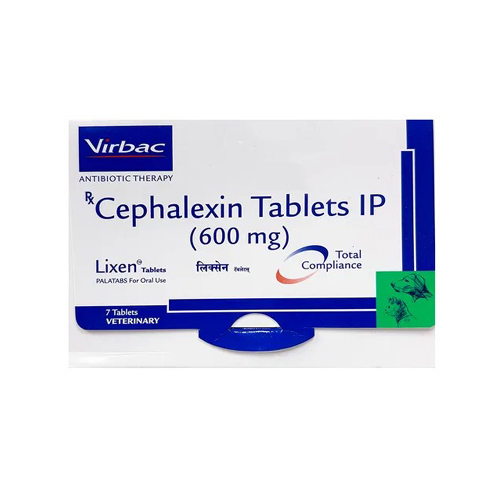
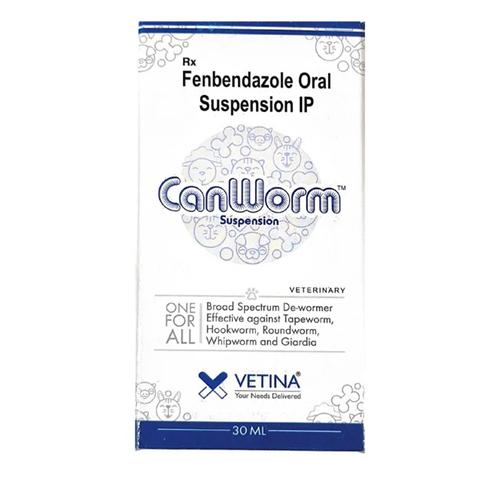



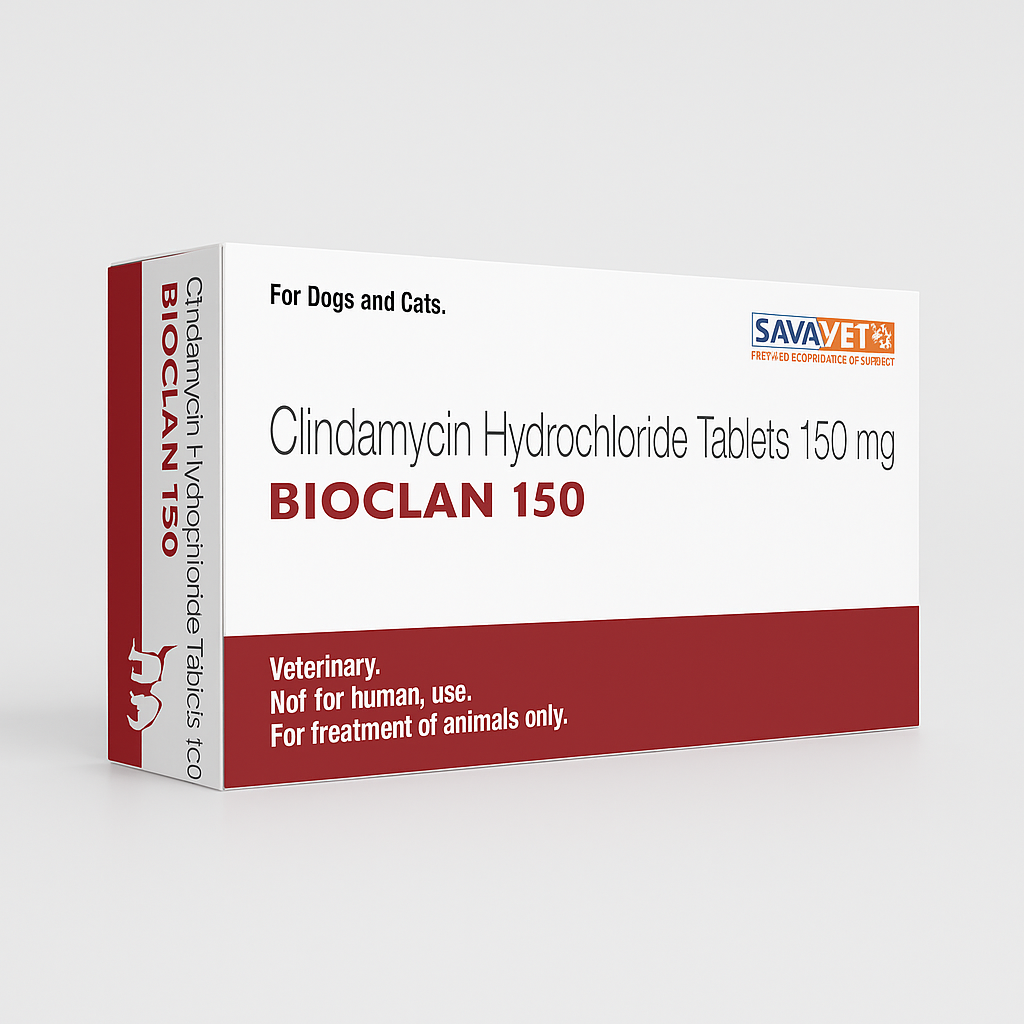
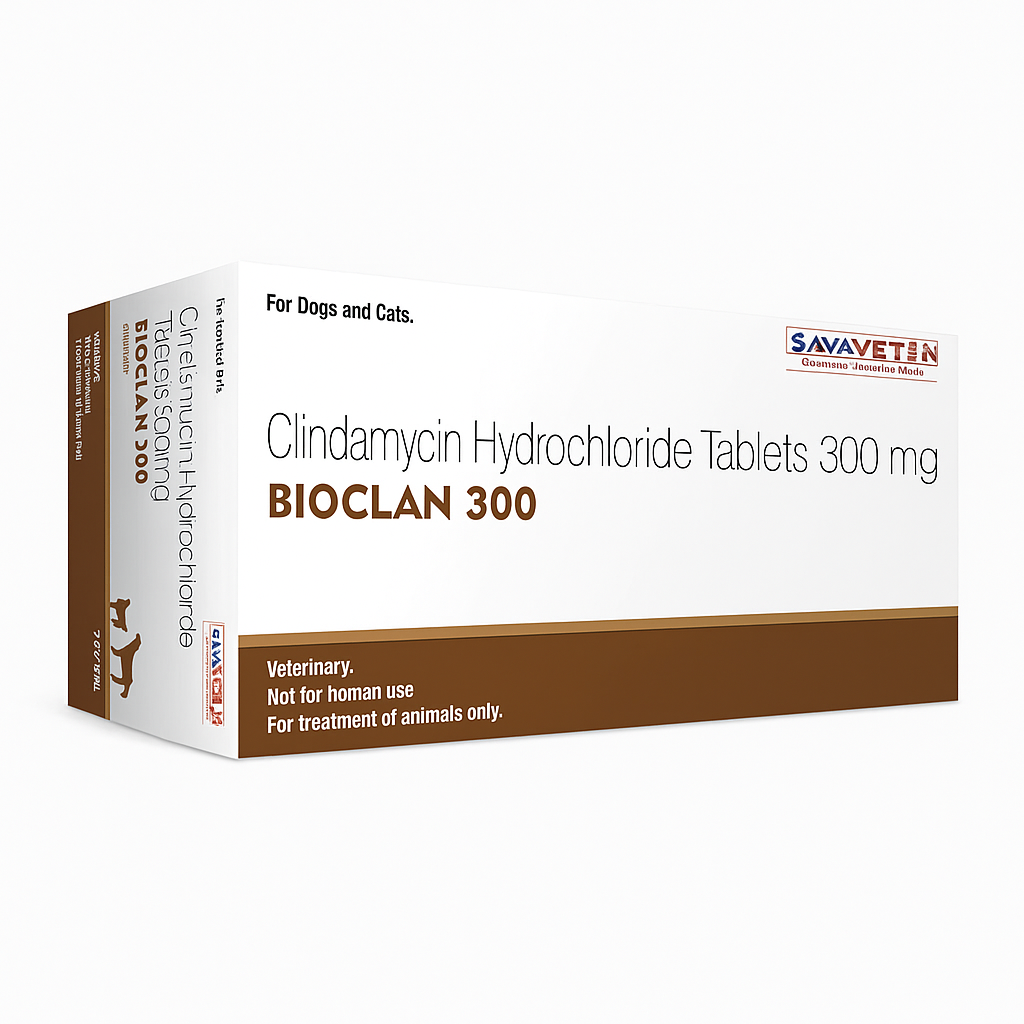
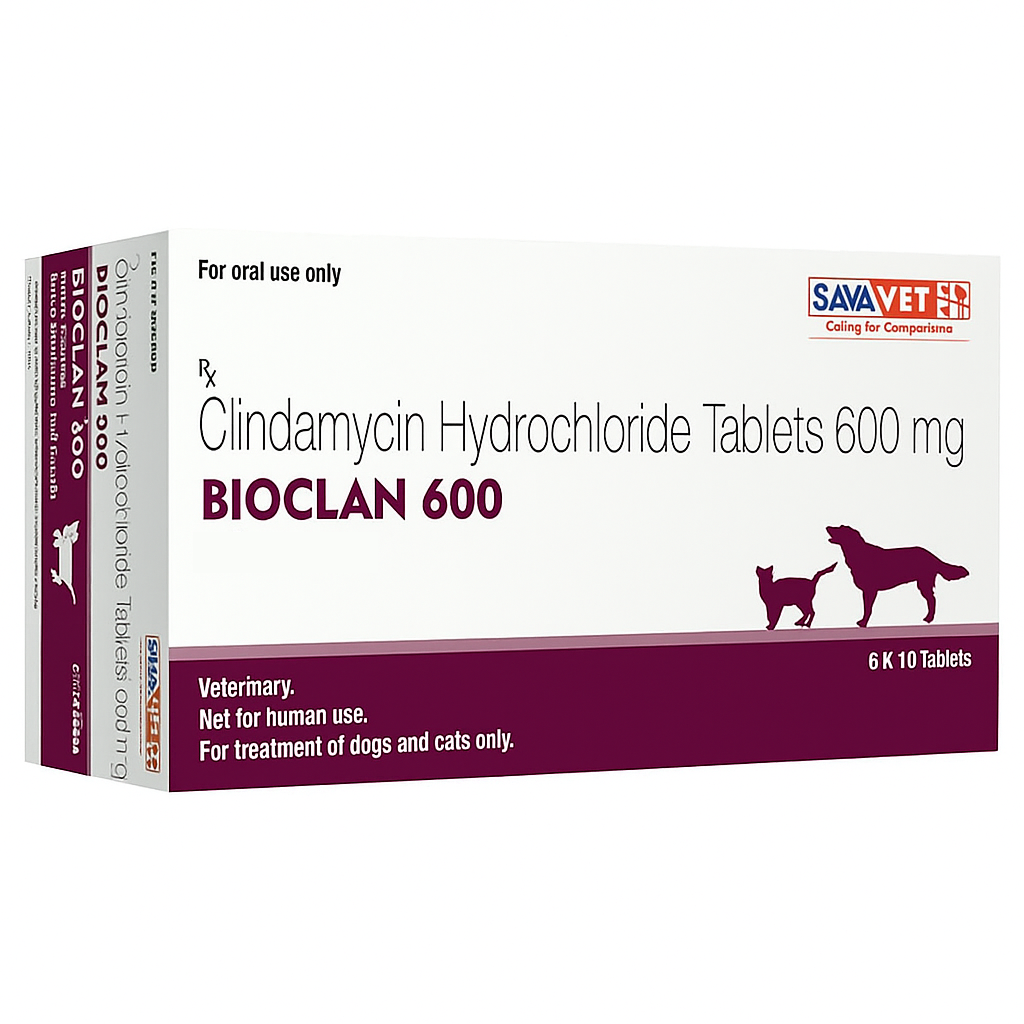
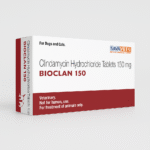
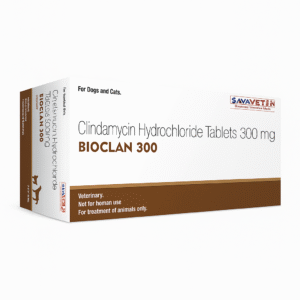
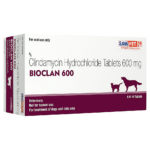
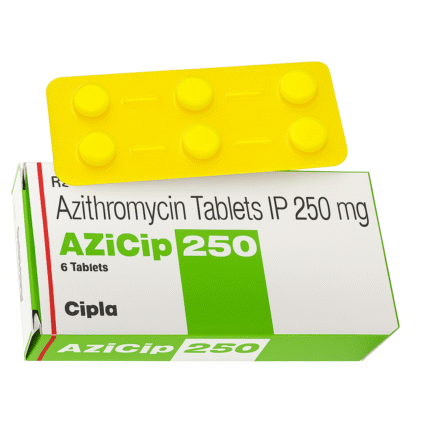
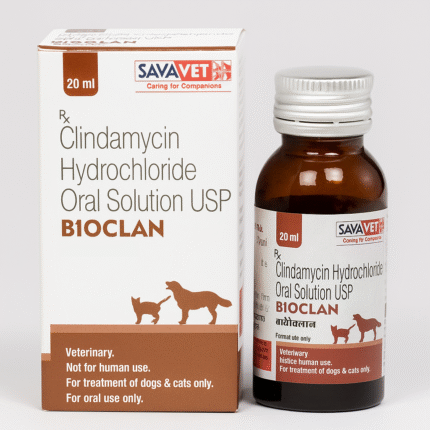
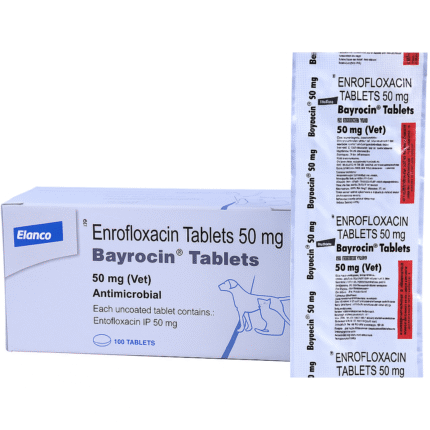
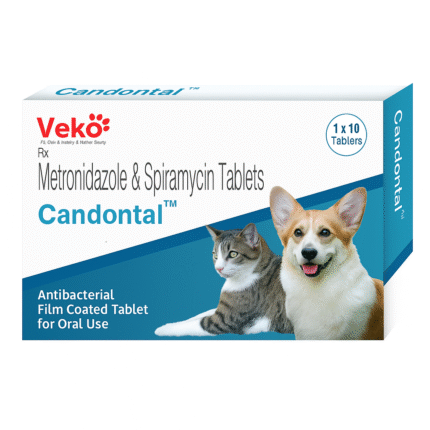
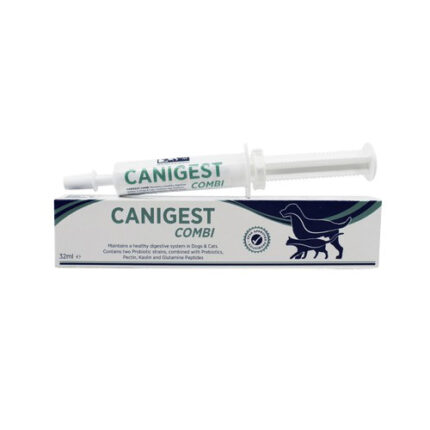

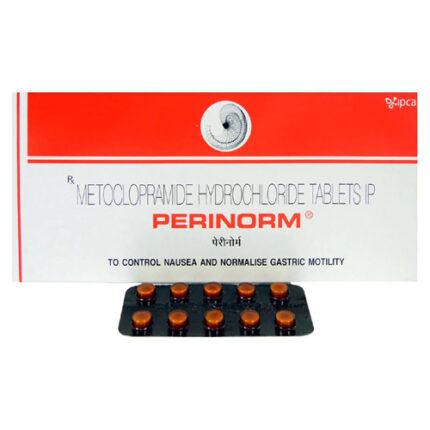
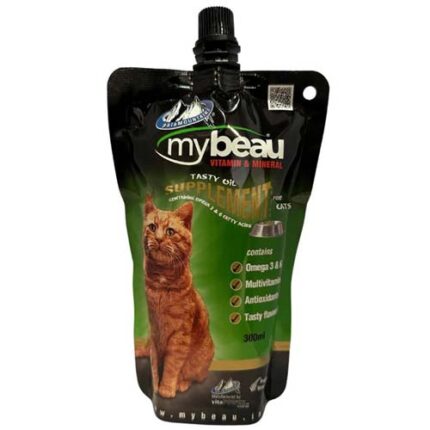



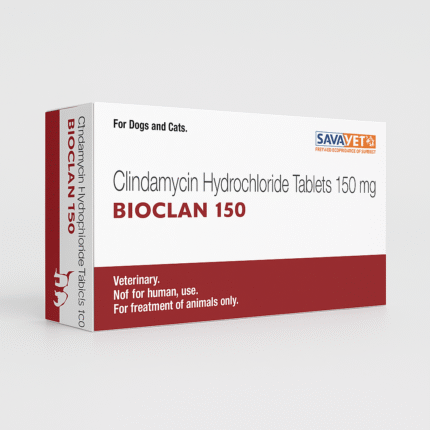
Reviews
There are no reviews yet.